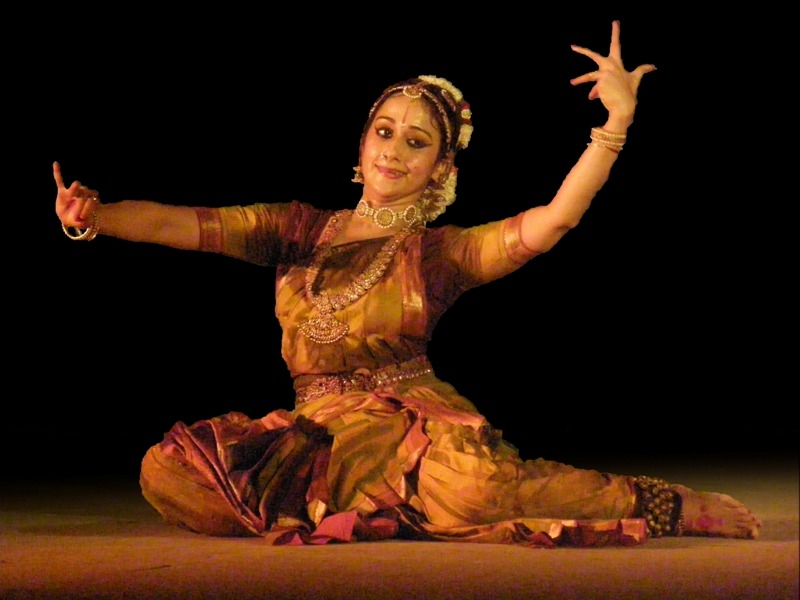In India, dance and music are not only a source of entertainment, but are also the oldest forms of classical arts, which can be dated back to many centuries. The Indian dance form is said to have been originated from the ‘Natya Shastra’ by Bharat Muni which is regarded as the fifth Veda, and was probably written sometime between the 2nd century B.C. and the 2nd century A.D.
In the Indian classical dances, body movements effectively express the various moods and emotions. They are devotional in content and act as a medium to convey a message. The rich tradition of dance can be seen through the sculptures available from the past.
The dance forms are mainly composed of 108 mudras (which means poses) and nine ‘Rasa’(which means emotions). These are – Hasya (happiness), Shoka (sorrow), Krodha (anger), Karuna (compassion), Bhibatsa (disgust), Adhbhuta (wonder), Bhaya (fear), Viram (courage), and Shanta (serenity). These emotions are expressed beautifully in various classical dance forms, such as the Bharatnatyam, Kathak, Kuchipudi, Manipuri, Kathakali, Mohiniattam, OdisiChhau.
Classical dance has mainly two features; The Tandava – this refers to the movements on beats. It emphasizes on the male characteristics of strength and firmness. The second one is the Lasya, which is symbolic of Bhawa, Grace, Rasa and Abhinaya. This is feminine in style.
Classical dance is governed by the rules of the Natya Shastra; which in turn, is based on the Guru Shishyaparampara. Dance or Nritya; is a combination of Nritta and Natya. Nritta is basically the expressional enacting of the various sentiments of a particular theme, while Natya is the facial expression which includes eye, hand and facial movements.
India is a vast country with diverse cultures and traditions which can be best seen through the dance forms emanating from that culture. Each region in India has its unique style of dance. The ancient sculptures in the temples and palaces speak about the culture. It can be seen that dance was not only a source of recreation or a way to celebrate; rather, it was also considered as an act of thanksgiving to the gods and goddesses and a way to worship.
The graceful expressions and the body movements of the classical dancers leave the audience spellbound. The poise with which they carry out each act is worth appreciation.




